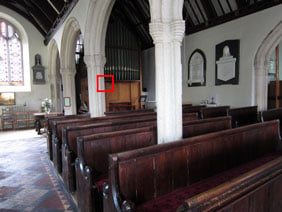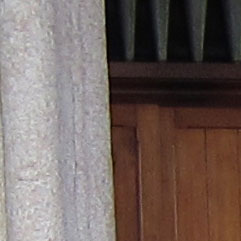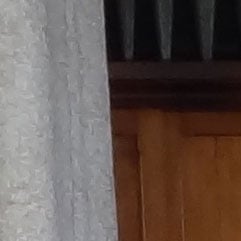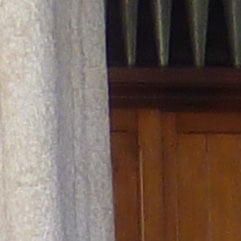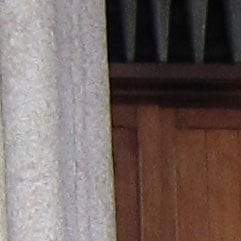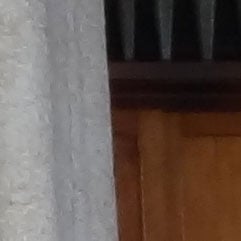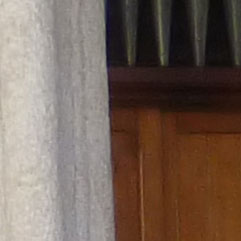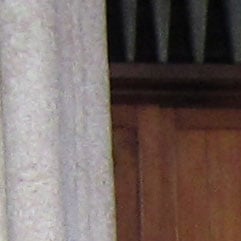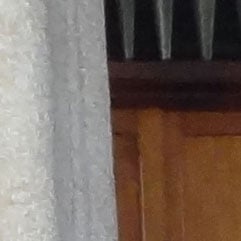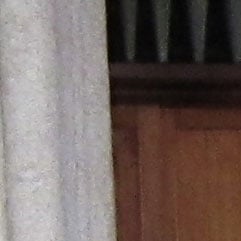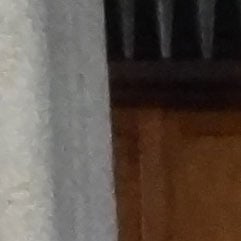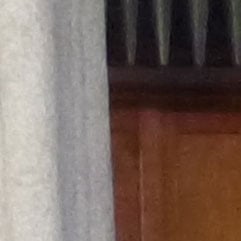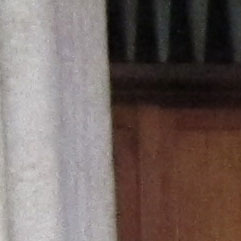Canon IXUS 310 HS / PowerShot ELPH 500 HS
-
-
Written by Gordon Laing
Quality
Canon IXUS 310 HS / ELPH 500 HS vs Sony Cyber-shot TX10 vs Panasonic Lumix FX77 / FX78 Resolution
|
Canon IXUS 310 HS / ELPH 500 HS |
Sony Cyber-shot TX10 |
Panasonic Lumix FX77 / FX78 | ||
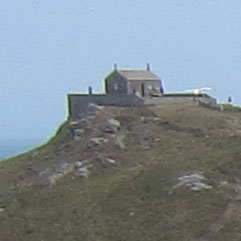 | 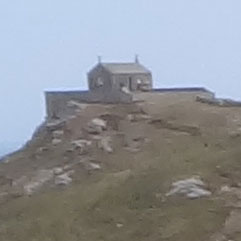 | 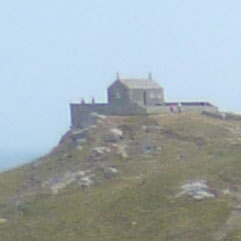 | ||
f2.8 100 ISO |
f4.5, 125 ISO |
f2.5, 100 ISO | ||
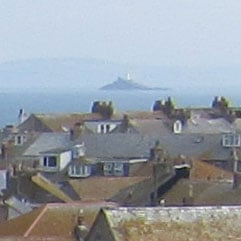 | 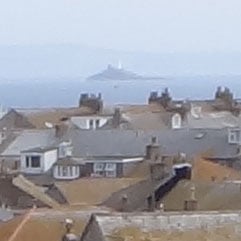 | 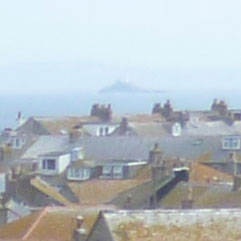 | ||
f2.8 100 ISO |
f4.5, 125 ISO |
f2.5, 100 ISO | ||
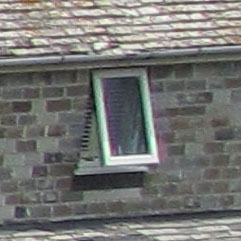 | 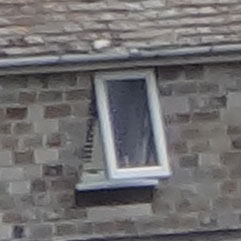 | 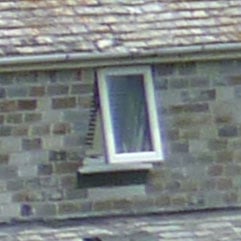 | ||
f2.8 100 ISO |
f4.5, 125 ISO |
f2.5, 100 ISO | ||
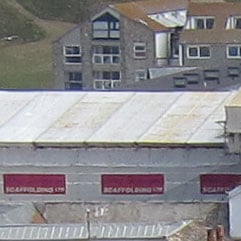 | 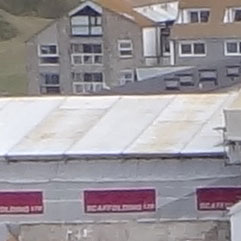 | 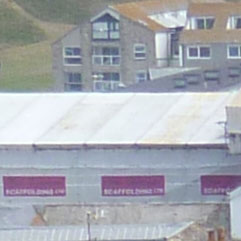 | ||
f2.8 100 ISO |
f4.5, 125 ISO |
f2.5, 100 ISO |
Canon IXUS 310 HS / ELPH 500 HS vs Sony Cyber-shot TX10 vs Panasonic Lumix FX77 / FX78 Noise
The above shot was taken with the the Canon IXUS 310 HS / ELPH 500 HS in Program mode. The lens was set to its default wide angle setting of 4.3mm (24mm equivalent), the sensitivity was set to 100 ISO and the exposure was 1/5th of a second at f2.0. The crops are taken from the area marked with the red square and presented below at 100%. The first crop from the IXUS 310 HS / ELPH 500 HS at 100 ISO provides few, if any grounds for concern. Exposure and white balance are good and there’s little evidence of noise. The wood panelling looks a tiny bit textured, but it’s nothing beyond what you’d see from most compact sensors at the base ISO setting and fine detail is clearly visible. At 200 ISO there’s a clear difference with noise beginning to make an impact on the fine details, this is most clearly visible in the wood panelling. It is a marginally bigger quality loss than I’m used to seeing at these sensitivities from Canon compacts, but the 200 ISO crop is a pretty respectable result nonetheless. There’s a similar drop in quality going from 200 to 400 ISO and I’d say this is the upper limit for good quality shots. At 800 ISO the image detail is beginning to break up. The fine detail in the column disappeared at 400 ISO and now the edge is beginning to go too. You’ll get OK shots at 800 ISO, just don’t look too closely or print them at full size. The IXUS 310 HS / ELPH 500 HS goes all the way up to 3200 ISO, a great facility to have, but to be used only for those must-have shots where quality isn’t an issue. Compared with the Sony Cyber-shot TX10 the Canon IXUS 310 HS / ELPH 500 HS results look sparkling. The Cyber-shot TX10’s base sensitivity setting of 125 ISO already looks quite agressively processed: there’s little fine detail to be made out in the stone column and the wood panelling looks a bit smeary. At 200 ISO the softness and smearing become worse and at 400 ISO a graininess apears. In short, the Cyber-shot TX10 starts well behind the IXUS 310 HS / ELPH 500 HS and stays there all the way up the ISO range. The Pansonic LUMIX FX77 gives the IXUS 310 HS / ELPH 500 HS a much closer run. At 100 ISO there’s little to choose between these 12 Megapixel sensors, though the Lumix FX77 looks a little softer to me. Likewise there’s less detail in the wood panelling at 200 ISO – the vertical line on the right isn’t visible on the Lumix FX77 crop. I’d say the Canon has a slight edge all the way, but it’s pretty marginally and not enough on its own to swing things in the IXUS 310 HS / ELPH 500 HS’s favour. The final row compares the composite low-light mode of all three models. Each has chosen a different ISO sensitivity so the results aren’t a strict comparison except that they do show the results each camera will produce in the same circumstances. We’ve used Anti Motion Blur mode on the Cyber-shot TX10 as the Hand-held Twilight result was underexposed. Of the three, the IXUS 310 HS / ELPH 500 HS appears to have produced the best result with an ISO sensitivity of 800 that’s clearly better than the straight 800 ISO crop. The Lumix result also looks good, albeit at a reduced image size of 2048 x 1536 pixels. Now head over to our IXUS 310 HS / ELPH 500 HS sample images to see some more real-life shots in a variety of conditions.
|

